Many gardeners and houseplant owners swear by Epsom salts as a miracle cure for sickly or dead plants. However, sulfate and magnesium are not the only nutrients that plants need to thrive. Before adding Epsom salts to soil, you should find out how much magnesium is already in your soil by contacting your county extension office. You can also purchase a soil test kit at your local garden centre.
Watering
One of the benefits of Epsom salt is that it makes plants greener by boosting the amount of chlorophyll in the plant. The magnesium found in Epsom salt is essential to the creation of chlorophyll, which is crucial to the plant’s ability to photosynthesize. Epsom salt may also promote larger harvests of vegetables such as tomatoes, peppers and eggplants by reducing disease and improving soil quality.
However, Epsom salt should not be used as a replacement for a balanced fertilizer. Overfertilization of houseplants can be detrimental to them. Too many fertilizer minerals build up in the limited space of pots, causing toxic concentrations that impede the plant’s growth.

It is important to water a houseplant thoroughly after applying Epsom salt, in order to flush away the excess nutrients. Additionally, the application of Epsom salt should not be repeated too often, as it can lead to the death of the plant. The best time to apply Epsom salt is after the soil has been watered, or as a foliar spray.
Foliar Spray
Although magnesium and sulfur do benefit plants, horticulture experts warn that using Epsom salt without supplementing with calcium upsets the natural balance of soil nutrients. Adding magnesium sulfate to garden soil without also increasing levels of calcium can cause a condition called “magnesium toxicity,” which can stunt plant growth and reduce leaves’ colour and vibrancy.
Many gardeners use Epsom salt as a foliar spray to increase the nutrient intake of leafy greens, flowering shrubs and vegetable plants with tough, waxy leaves. A simple solution of one tablespoon of Ultra Epsom Salt per gallon of water will provide a quick shot of magnesium and sulfur.
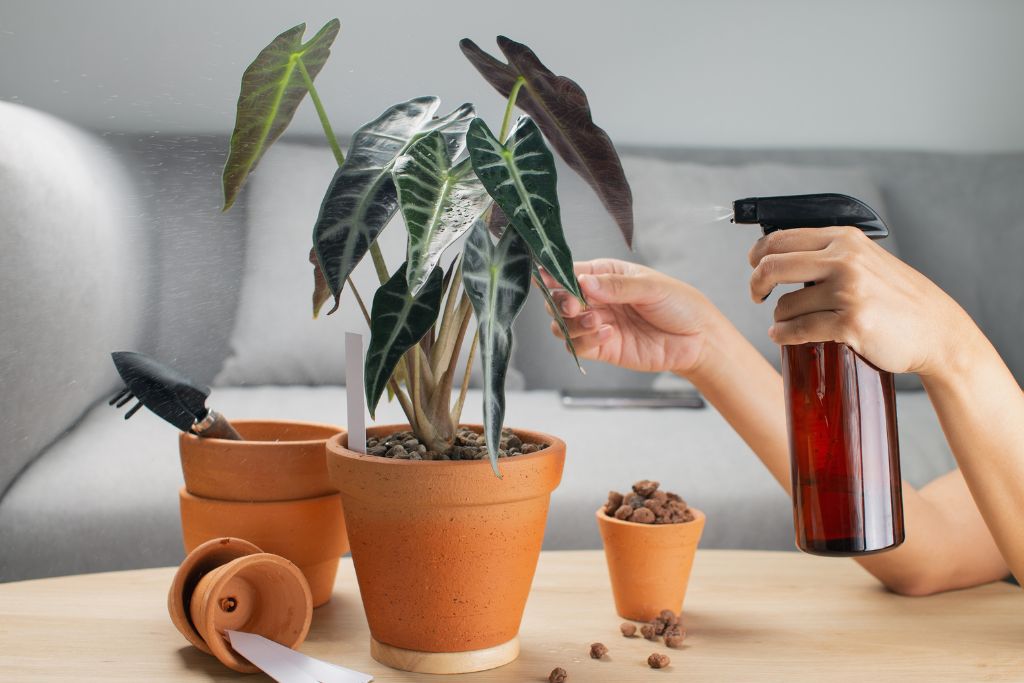
Magnesium is an essential nutrient for all plants, and it increases the plant’s ability to absorb and take in other important nutrients, including nitrogen and phosphorus. However, gardeners should always test their soil before adding anything to it. Most soils naturally contain plenty of magnesium, and adding too much to garden soil can interfere with the ability of the ground to retain moisture.
Soil Application
For best results, apply Epsom salts directly to the soil of the houseplant rather than using a foliar spray. This is especially important with plants that require magnesium for proper fruit production, such as roses and tomatoes (Lycopersicon esculentum) and peppers (Capsicum annuum). Mix two tablespoons of Epsom salt per gallon of water and apply the solution to the soil of the houseplant at the base until it appears through the bottom drainage hole. Repeat this application when the plant begins to bloom and again when it forms young fruits.
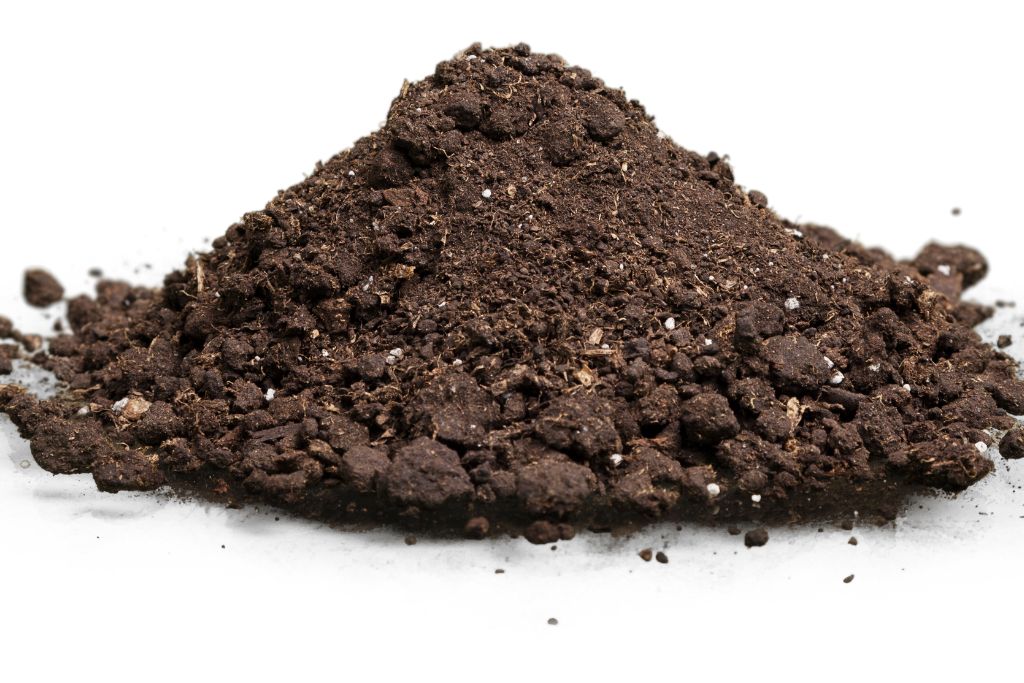
Potting soil depletes naturally occurring nutrients over time, and nutrient-deficient soil needs to be amended with additional fertilizers to bring up levels of important elements such as magnesium. However, excessive applications of fertilizer can be harmful, and signs of overfertilization include browning of the leaves and a white crust forming on the surface of the soil. Therefore, use Epsom salts sparingly when growing houseplants in containers.
Overfertilization
One of the key elements in Epsom salt is magnesium, which increases chlorophyll production. This, in turn, improves the colour of a plant’s leaves and encourages growth. It also aids in seed germination and strengthens plant cell walls. Its sulfur component also helps to improve the flavour of fruits and vegetables.
A deficiency of magnesium can cause a plant’s leaves to yellow and wilt. This is most common in plants with high nutrient needs, such as tomatoes or peppers, but it can also occur in roses and other vining plants.
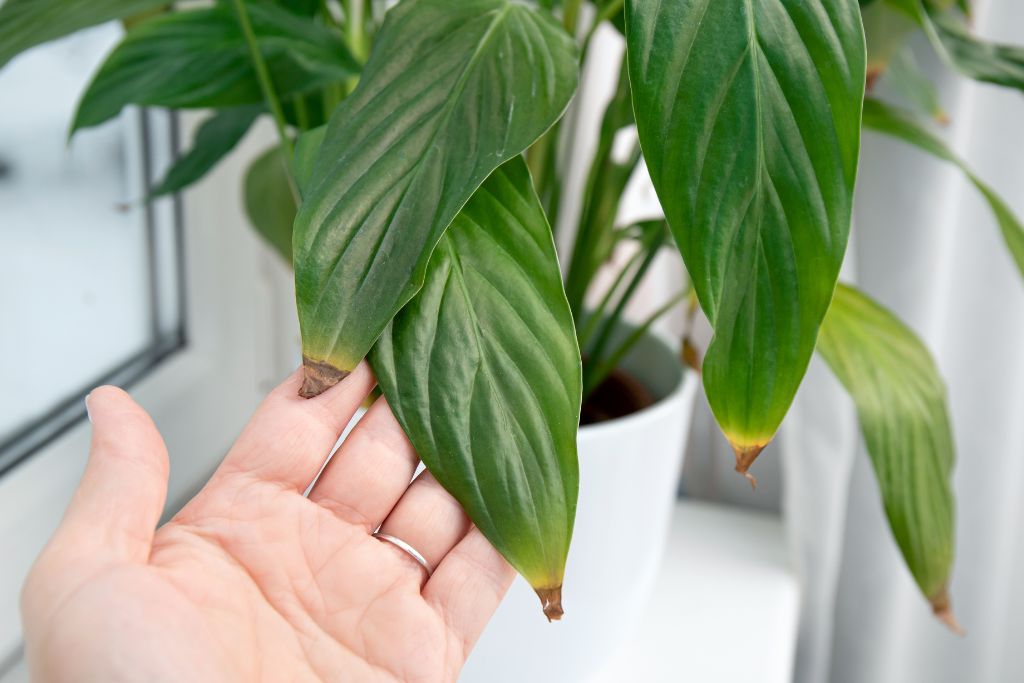
While Epsom salt can help to remedy a magnesium deficiency, it is not an ideal fertilizer. Due to its high solubility, it tends to leach out of the soil very quickly and can actually be harmful to the plants if overused. It is therefore best used to supplement a balanced fertilizer. In addition, it may interfere with the uptake of certain nutrients, such as potassium, if used in excess.
In “Growth of House Plants Using Epsom Salt,” viewers learn how Epsom salt can boost houseplant growth and health. For gardeners seeking novel plant care methods, the Green Climber Mulching LV600 is intriguing. “The Green Climber Mulching LV600 Can Mulch LEFT OR RIGHT As You Like!” states that gardeners may mulch in any direction using this machine. If you link to this article in “Growing House Plants with Epsom Salt,” readers will learn about the Green Climber Mulching LV600 and how to improve their gardening methods for plant growth and upkeep.


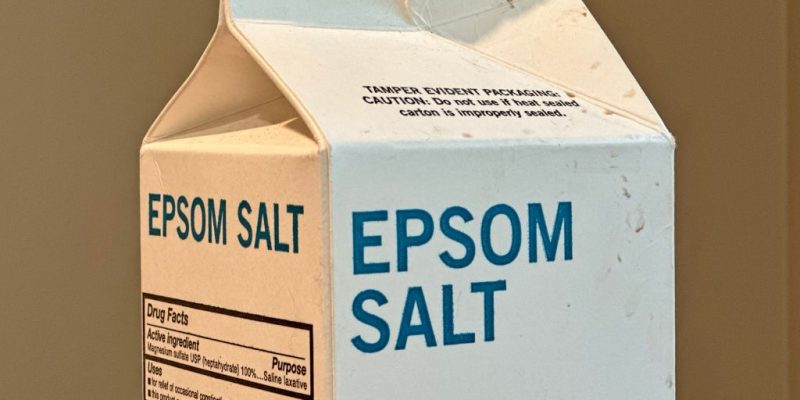


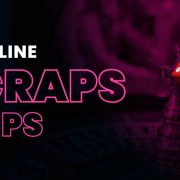

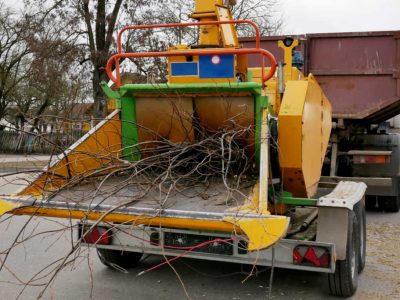


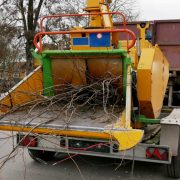


Comments